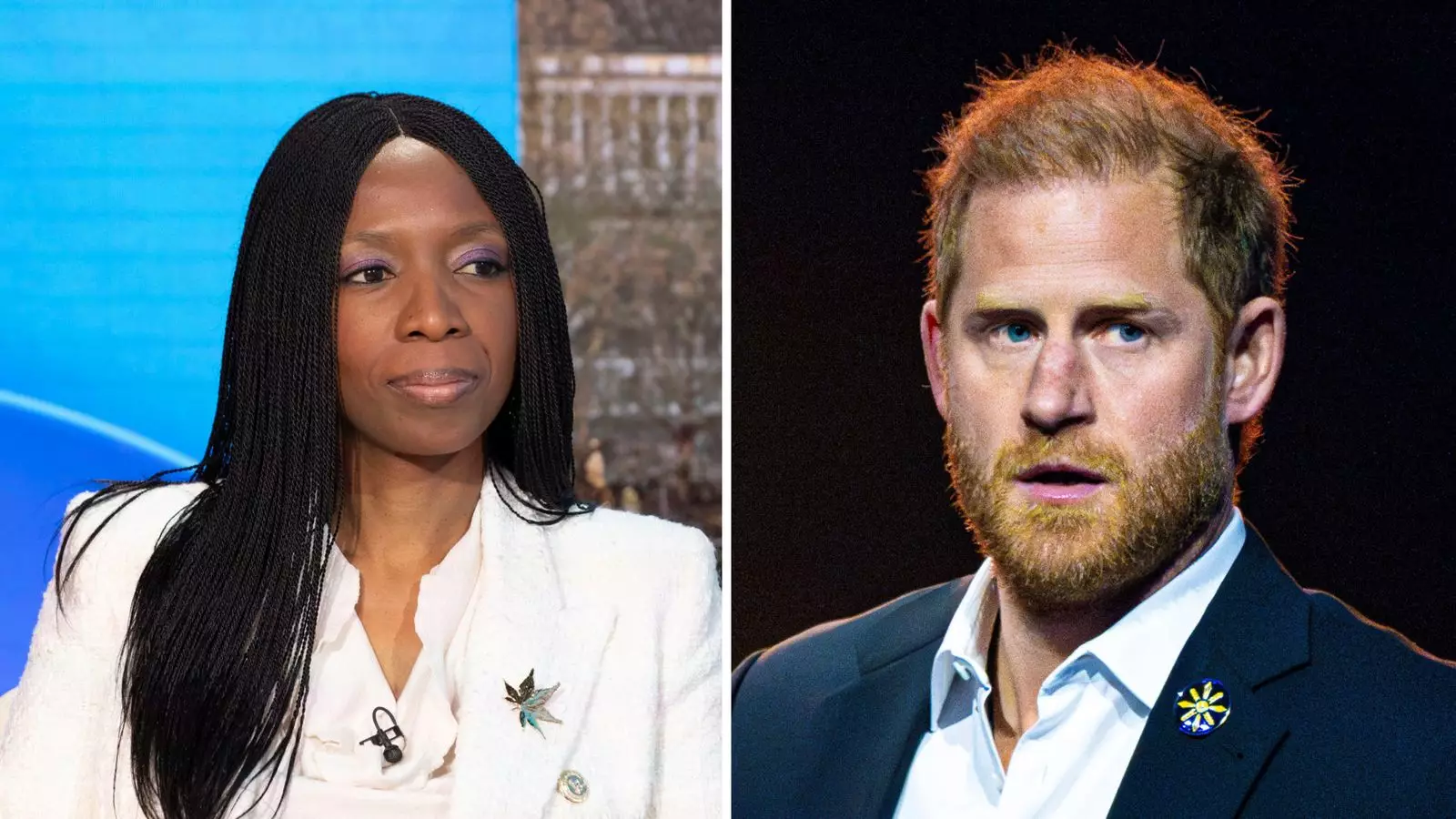The recent turmoil surrounding Sentebale not only exposes the fissures within a beloved charity but also lays bare the fragile trust between leadership, public expectations, and philanthropic integrity. What initially seemed like a personal spat between key figures—the chair Sophie Chandauka and Prince Harry—evolved into a public spectacle that damaged the very foundation of the organization’s reputation. The incident raises uncomfortable questions about accountability, transparency, and the true purpose of nonprofit leadership in the modern era.
This downfall was not merely about disagreements or internal power struggles; it revealed a fundamental failure of governance and maturity among those entrusted with the charity’s future. The damage done goes beyond the headlines—it strikes at the heart of public trust in charities that rely heavily on reputation and moral authority to sustain their mission. When prominent figures prioritize personal influence or turf wars over the shared goal of alleviating suffering, they risk becoming a cautionary tale about mediocrity and self-interest contaminating noble causes.
The Role of Oversight and Its Limitations
The Charity Commission’s intervention, while necessary, might be viewed as a band-aid on a much deeper wound. Their verdict, which mostly amounted to a reprimand, leaves many questions unanswered. It is undeniable that their role is to serve as an impartial arbiter, yet the outcome suggests a failure to foster real accountability. The consensus that both parties played a part in fueling the controversy hints at a systemic issue rather than isolated misconduct.
It’s arguably more troubling that the regulatory body, tasked with safeguarding the charity’s integrity, did little to prevent the damaging public disclosures or to mediate constructively. Instead, they seemed to react after the damage had been done, highlighting a gap in proactive oversight. Trust in such institutions only erodes when they appear ineffective at preempting crises stemming from internal disputes. Their verdict, while necessary, feels insufficient in restoring the damaged reputation and ensuring this never happens again.
The Reality Check: Impact on Mission and Morale
Beyond the legalities and formal reprimands lies the core issue: what does this mean for the people Sentebale exists to serve? The young victims in Lesotho suffering from HIV and AIDS are the real casualties of leadership discord. In their eyes, the charity’s credibility and effectiveness are intertwined with its stability. When leadership factions become embroiled in media wars, the trust of donors and beneficiaries alike can diminish, jeopardizing vital programs.
Prince Harry’s departure from the forefront, amidst reaffirmations of his ongoing commitment, underscores a heartbreaking reality: personal conflicts are bleeding into a cause that once united diverse stakeholders for a shared purpose. The organization’s future now hinges on a fragile process of repair, with the threat of ongoing scrutiny and internal distrust looming. The passion that launched Sentebale nineteen years ago risks being overshadowed by the discord and finger-pointing that seeps into every public statement.
The Broader Implications for the Charitable Sector
This scandal acts as a mirror reflecting larger issues in the nonprofit world: how leadership, reputation management, and internal governance often collide with the values charities seek to promote. Transparency and humility are no longer optional but essential for survival in an era where social media amplifies every misstep. Sentebale’s crisis underscores the urgent need for charities to strengthen internal checks, foster culture of accountability, and prioritize their fundamental mission over personal allegiances or public relations.
Fundamentally, this episode should spark a wider conversation about the responsibilities of star-studded leadership within charities. The ideal of a philanthropic figure should be rooted in humility, integrity, and unwavering focus on beneficiaries—not just public image or personal legacy. As the organization cautiously moves forward, it is a reminder that maintaining public trust requires consistent, intentional effort and a willingness to confront internal faults openly.
Sentebale’s dilemma reveals the peril of allowing personal conflicts to undermine collective missions. It challenges the charity sector to reflect critically on leadership ethics, the importance of genuine accountability, and the resilience needed for rebuilding trust once it’s been broken.


Leave a Reply